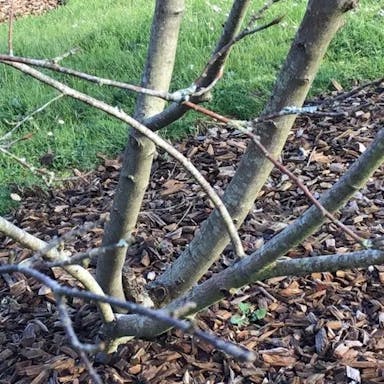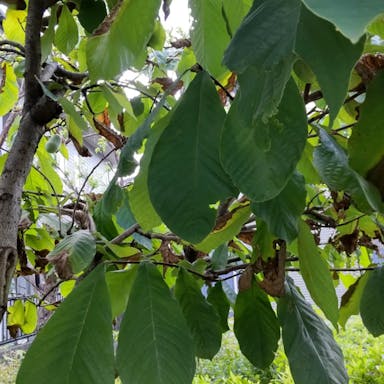The Acacia baileyana is a woody bush native to Australia. Its fern-like foliage provides a contrast to the bright blossoms. This hardy plant thrives in dry soil. The Acacia baileyana has delicate bipinnate leaves and elongated seed pods. In New South Wales and Victoria, the Acacia baileyana grows in the wild. It blooms in late winter with clusters of small yellow flowers. Bees are attracted to the nectar-rich blooms. The Acacia baileyana is a popular landscape plant. Once established, it is drought resistant. This Australian native reaches heights of twenty to thirty feet. It is a member of the Fabaceae family. The Acacia baileyana has feathery gray-blue leaves. In spring, vivid yellow flowers stand out against the foliage. Landscapers prize the Acacia baileyana for its visual appeal. It requires full sun and well-drained soil. The flowers give way to flattened, brown seed pods. Seeds dispersed by wind and animals spread the Acacia baileyana. This hardy evergreen tree thrives in a range of conditions.
0
0











